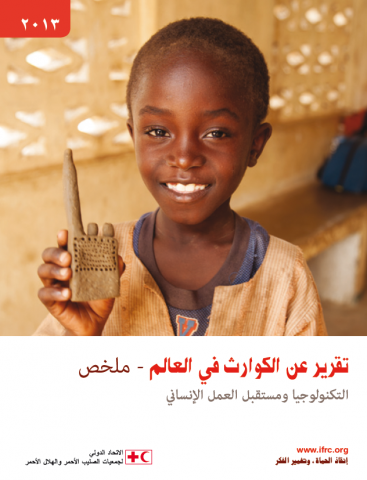Informe Mundial sobre Desastres – Resumen: Tecnologías y futuro de la acción humanitaria
Según los datos presentados en este informe, en 2012 se registró un menor número de personas fallecidas o afectadas a raíz de desastres que en cualquier otro año en el decenio anterior. Al mismo tiempo que tales cifras constituyen una noticia positiva, reflejan también la ausencia de fenómenos de gran envergadura como el tsunami en […]
Informe Mundial sobre Desastres – Resumen: Tecnologías y futuro de la acción humanitaria Read More »

